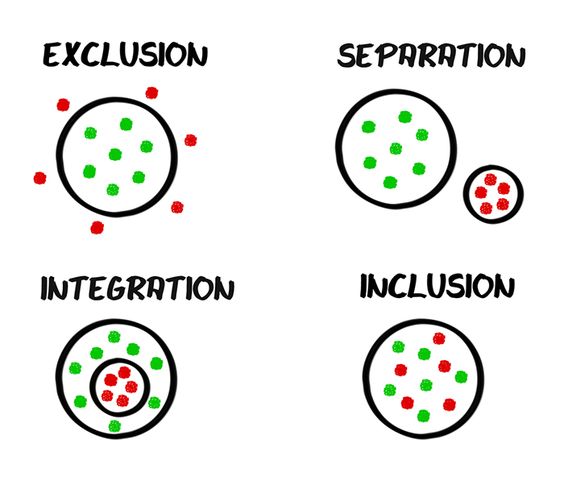Introduction:
Exclusions have been a regulatory issue in various sectors for many years, often causing confusion and misinterpretation. The new guidance and regulations aim to provide clarity and a better understanding of exclusions, ensuring the protection of stakeholders and compliance to specific policies.
Part 1: Understanding Exclusions
Exclusions are provisions that describe specific circumstances under which coverage or benefits are not provided by an organization, insurer, or government entity. These exclusions can be related to services, products, or even individuals barred from certain privileges.
Part 2: Previous Exclusion Regulation Issues
Several challenges emerged when dealing with previous exclusions regulations:
– Vague wording that led to different interpretations
– Unclear guidelines on the implementation of exclusion policies
– Lack of transparency in the reasoning behind exclusions
Part 3: The New Guidance
To address these issues, the new guidance provides:
– Clearer definitions of terms related to exclusion policies
– Concrete examples of circumstances under which exclusions apply
– Guidelines on how organizations should implement exclusion policies step-by-step
– Standardized formats and templates for documentation purposes
Part 4: Regulatory Changes
The new regulations also include some key changes:
– Enhanced monitoring by regulatory bodies to ensure compliance with exclusion laws
– Stricter penalties for organizations that fail to adhere to exclusion policies or falsely invoke exclusions
– Improved communication among entities about the individuals and services that are excluded
Part 5: Impact on Stakeholders
The new guidance and regulations will affect various stakeholders:
1. Insurance policyholders – They will benefit from clearer explanations of their coverage, reducing confusion about what is included or excluded in their policies.
2. Organizations – Companies will have clearer guidelines on implementing their exclusionary policies while maintaining transparency with customers and regulatory bodies.
3. Government entities – Enhanced tracking capabilities will help them monitor compliance with exclusion laws more effectively and detect any misuse.
Conclusion:
The new guidance and regulations on exclusions aim to address previous challenges, ensure compliance, and benefit all parties involved. By providing clearer definitions, guidelines, and stricter monitoring, this new approach will contribute to a more transparent and just system.


